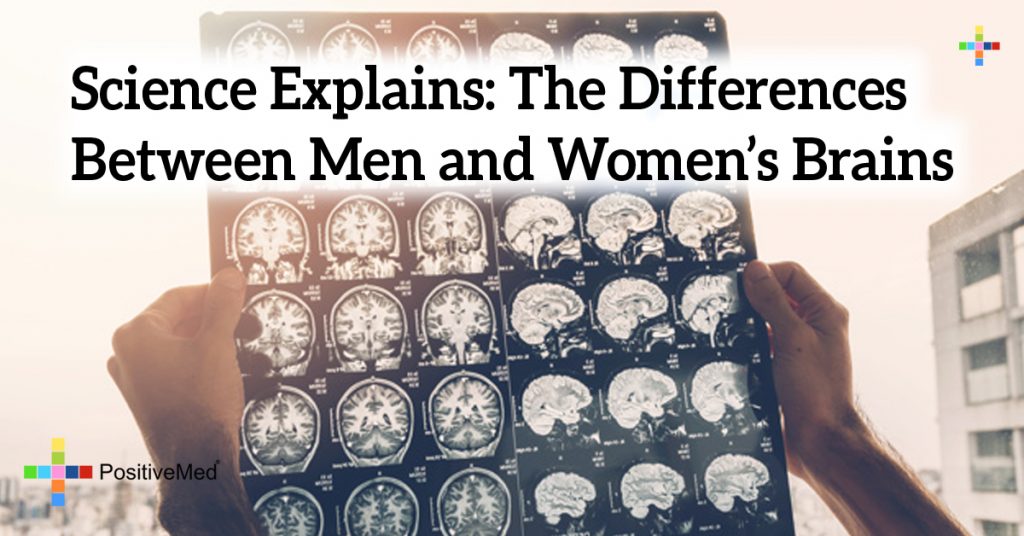
The Differences Between the Male and Female Brain
Physical size makes a difference in many anatomical studies. After all, our innate propensity to judge on size works when illustrating physical disparities between age groups and genders. For example, fully developed males tend to be faster and stronger than juvenile males or adult females. Now, having established this line of thinking, we’re forced to cast it aside when delving into the structure of the brain. Size counts for far less in the brain than does cognitive development and healthy brain chemistry. Thus, we must conclude the finite size difference between the male brain and the female brain is inconsequential.

In proving our point, the faculties under discussion here can’t be accounted for by size. A man is typically larger than a woman, and his brain will match that body size. Beyond this fact, there’s no scientific evidence supporting the antiquated notion that a man’s brain is larger than a woman’s. Indeed, if size was all that mattered on the mental plane, then we’d all be subjects to an empire of whales or elephants, since these mammals are larger than us. Cognitive thinking is a complex process, one that isn’t fully understood today. If we want to get to grips with the truth behind intelligence, the first piece of data that must be accepted is that size is a minimal influence in rating intelligence, especially when we realize the average human brain, in both males and females, contains approximately 100 billion neurons.
The true measure of intelligence and the way both sexes process incoming data rests in how mental faculties develop and which parts of the brain are influenced by this structural process. Studies into these developmental issues are ongoing, but certain facts pertaining to cognitive growth in each gender are becoming clear. We can use the bridging tissue that joins the left and right hemispheres of the brain to demonstrate this reasoning. Labelled the corpus callosum, this dense biological matter is thought to be better connected in the female mind, a fact that is thought to indicate better multitasking skills. On the other hand, man has evolved to exhibit superior spatial awareness, perhaps for hunting, and a better grasp of the mathematical domain, issues regarding logical processing.
While the constant misogynist will continue to argue man’s 4-percent superiority regarding brain cells and back this tired fact up with man’s 100 grams of additional brain tissue, the scientist will resolutely relate the truth of the issue. The female brain is as well connected as the equivalent male structure, has a closer relationship to limbic functions, an innate ability to express emotions, and a woman’s thought processes employ more dendritic connections than a man (Penn Medicine). Meanwhile, a man tends to focus on single problems with greater clarity and focus, employing better developed logic skills to solve an issue, but the studies continue to pull and pluck at these physiological results. It’s perhaps best to reason that there is little to no difference between genders besides that gifted to us by our environment.





